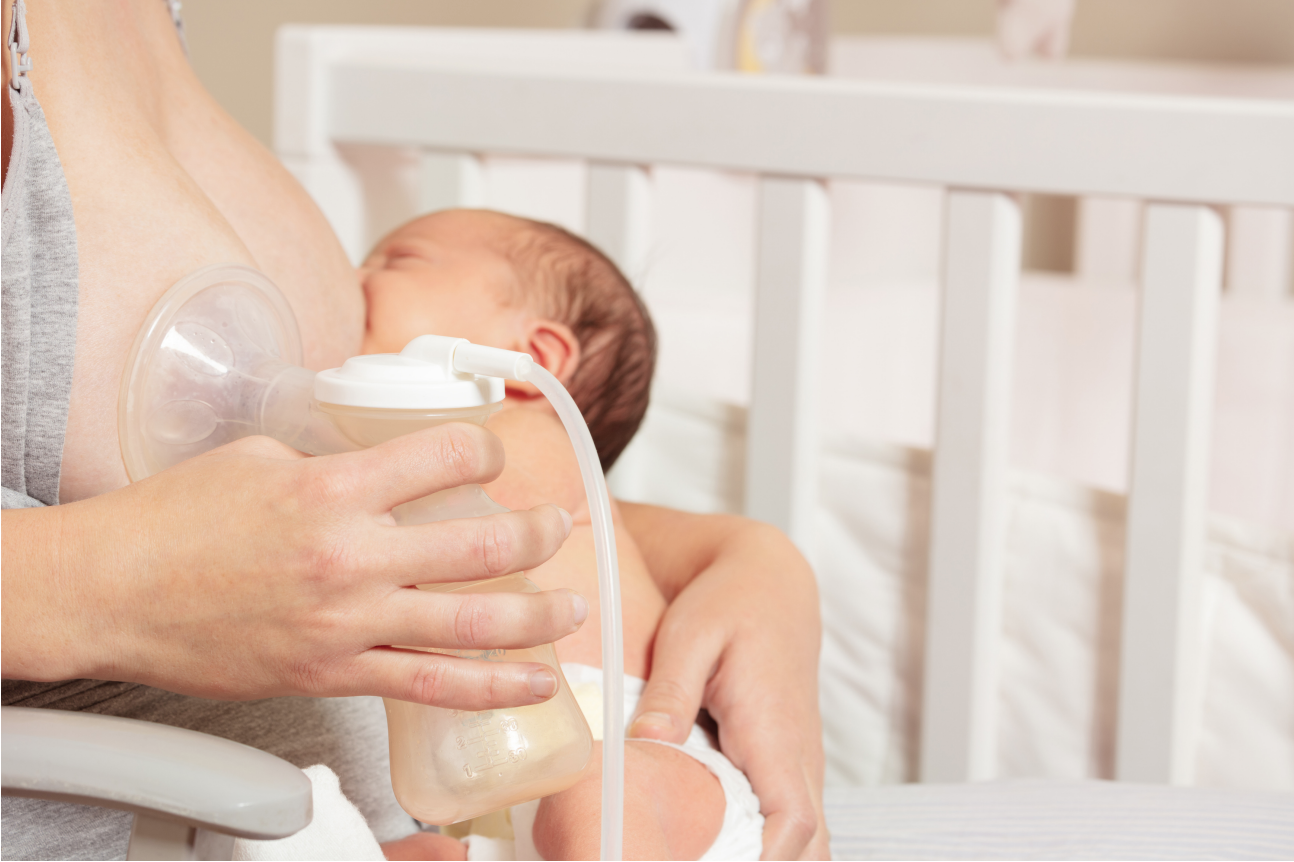
Mastitis is a term that strikes a chord of concern for many breastfeeding mothers. It’s also a word that many women haven’t heard of before becoming new mothers. Mastitis is a condition that can turn what should be a joyful bonding experience with your baby into a painful and frustrating ordeal.
Interestingly, statistics show that it’s more prevalent among mothers aged 30 to 34, particularly those engaged in full-time jobs outside their homes. Although mastitis can arise at any point during breastfeeding, it typically emerges within the first 12 weeks after giving birth.
In the past, mastitis was perceived as a singular ailment of the nursing breast. However, scientific evidence now reveals that mastitis encompasses a spectrum of conditions resulting from ductal inflammation and stromal edema.
So, what exactly is mastitis, and why does it happen? In this blog, we will explore the various types of mastitis, delve into its causes, and, as is customary, I will provide my top 5 tips for preventing mastitis.
What is mastitis?
Mastitis involves the inflammation of breast tissue, often accompanied by pain, redness, warmth, swelling, chills, headaches, nausea, and flu-like symptoms. It’s usually a self-limiting infection, benign, and with few consequences for babies.
It tends to affect only one breast, typically in a specific area, often on the outer upper external quadrant. It’s associated with an elevation of sodium and chloride in the milk of the infected breast.
While mastitis can feel like a setback, it’s crucial to remember that it’s not a reflection of your capabilities as a mother. In fact, mastitis is a common issue, and one of the most common complications in breastfeeding. It’s also, one of the main reasons that mothers stop breastfeeding.
Types of mastitis
Mastitis can be categorised into two types: acute and subacute.
Acute mastitis
The diagnosis of this type of mastitis is simple, and signs are very visible and easy to recognise. It starts with breast discomfort and pain, followed by the appearance of a warm, tight, or hardened red patch on the breast.

Subsequently, the inflammatory toxins enter the bloodstream, leading to flu-like symptoms including fever, joint discomfort, and an overall sense of malaise. It’s estimated that between 3 and 20% of breastfeeding mothers experience acute mastitis, most commonly within the initial 6 weeks.
Subacute mastitis
This is a stage that follows the acute phase, characterized by milder, yet persistent inflammation. Symptoms include sensations akin to needles in your breast, a burning feeling, and general discomfort.
Subacute mastitis occurs in the context of chronic mammary dysbiosis, involving bacterial biofilms narrowing ductal lumens.
Why does this happen?
During one of my consultation, I was both surprised and, to be honest somewhat disappointed. A lactation consultant told a mother with mastitis that she had brought it upon herself by holding her breast too tightly during breastfeeding. I couldn’t believe that a professional in the field would make such a statement. So let’s explore the real causes of acute mastitis:
- Milk stasis: This occurs when milk isn’t effectively drained from the breast, and can result from factors such as an improper latch or infrequent feeding. Although milk stasis has been claimed to be a potential instigating factor for mastitis, scientific evidence has not firmly proven this causation.
- Block milk ducts: This can impede the flow of milk, creating a conducive environment for infection. Research shows that this can happen due to tight clothing, constant pressure on the breast (like sleeping during night time on the same side of the bed), or if your breast it’s not completely drained during feedings. The blockage cn cause milk to back up, potentially leading to breast infection.
- Nipple cracks: The most common bacteria causing mastitis is Staphylococcus aureus. This bacteria from your skin’s surface and baby’s mouth enter your breast through a cracked nipple. The infection can lead to inflammation and subsequent mastitis symptoms. The bacteria can also spread due to other factors, such as antibiotic treatment before, during or after childbirth.
- Weakened immune system: Factors like stress, exhaustion, and inadequate nutrition can compromise your immunity, making you more susceptible to infections, including mastitis.

My Top 5 Tips to Prevent a Mastitis
While mastitis can seem daunting, there are proactive steps you can take to reduce your risk of experiencing it:
1. Efficient breast drainage.
2. Frequent nursing: Frequent and complete emptying of the breasts prevents milk stasis, and minimises the risk of engorgement and blocked ducts.
3. Proper positioning and effective latch: Ensure your baby has a proper latch to facilitate optimal milk flow, and experiment different breastfeeding positions to encourage thorough drainage of each milk duct.

4. Avoid tight clothing: Wearing loose, comfortable clothing can help prevent unnecessary pressure on your breast and reduce the risk of blocked ducts.
5. Self-care: Prioritise self-care, manage stress levels, ensure a nutritious diet, rest well, and remember that a healthy body and mind contribute to a stronger immune system

Mastitis is a temporary roadblock on your breastfeeding journey, but with preventive strategies and understanding it’s underlying causes can empower you to navigate it effectively.
Remember that the key to managing mastitis is early intervention to prevent progressing into an abscess. Seeking timely support is essential for your well-being and your baby’s health.






